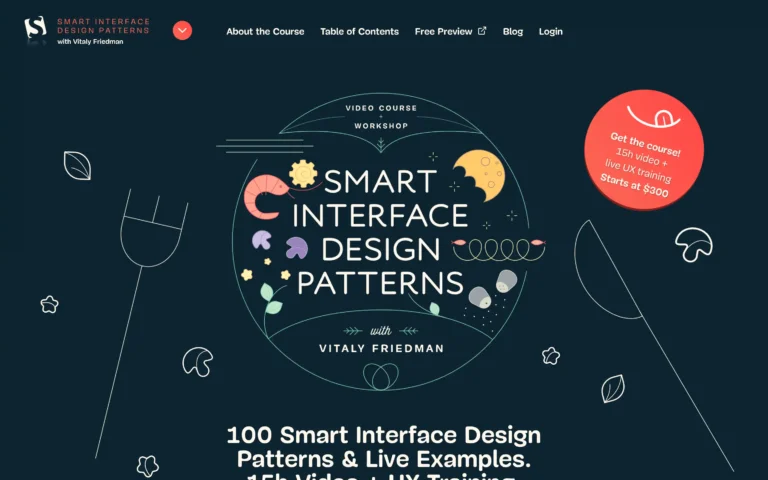Color is one of the most powerful tools in a designer’s arsenal. It can instantly capture a user’s attention and shape their perceptions. This article delves into 10 essential facts about the role of color in design, underscoring its profound impact on the user experience.
First and foremost, color is a magnet for user attention. Vibrant hues naturally draw the eye towards key interface elements, making them an indispensable component of any successful design. But the influence of color goes far beyond mere aesthetics—it can also profoundly shape a user’s judgments about a product or service.
Studies show that users make subconscious assessments about a product within just 90 seconds, and up to 90% of that evaluation is based on color alone. This highlights the critical role color plays in establishing first impressions and building trust with the audience. Designers must be acutely aware of this, as even the slightest misstep in color selection can have a significant impact on how a product is received.
Ultimately, the article reinforces the notion that color is not merely an aesthetic consideration but a fundamental element of effective design. By understanding the psychological and cultural implications of color, designers can create interfaces that resonate with users on a deeper level, fostering stronger connections and driving meaningful engagement.







